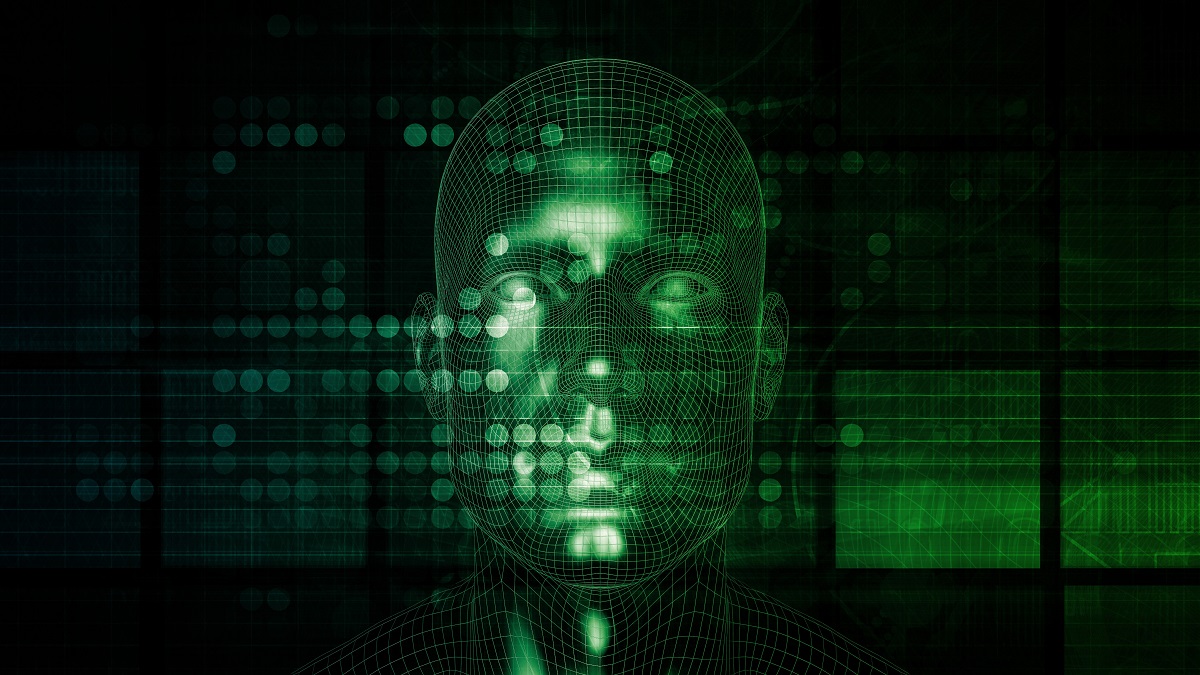
Artificial intelligence-powered robots that work in collaboration have revolutionized the way we do surgery. They are capable in making the smallest incisions, allowing surgeons the freedom to focus on what's important. The results of surgeons' work will vary depending on how skilled they are. AI-controlled robotic systems can reduce the likelihood of cases-to-case variations as well as minimize the risk of mishaps and shakes during surgery. Three-dimensional magnification can be used to enable collaborative robots to perform basic precision sewing and cutting.
AI in medical imaging
Researchers in the field are very excited about AI's potential application in medical imaging. However, it is hampered by the absence of longitudinal outcomes data. This is due to the fact that the parameters of a single image modality might vary in different clinical contexts. It is also difficult to imagine how many tasks can be assigned to a single picture. It is impossible to create an AI model universally applicable to all clinical environments.
AI in medical images is intended to help identify radiological findings, without any human judgment. Radiology will become a scientific discipline by applying this technology. AI is used to segment tumors and monitor organs during treatment. The concept of "Radiomics" was first proposed by Lambin P in 2012, defining it as the automated extraction of a large number of image features from radiation images using a high-throughput approach.

COVID monitoring using AI
AI has been used in the tracking of avian influenza by researchers, but it's still labor-intensive, particularly given this rapidly-evolving pandemic. A training algorithm requires that it is fed with tweets about avian influenza. After this, the algorithm is selected, and then left to wait for several hours. However, AI may have a difficult time tracking COVID-19, where the correlations between online behavior and the disease can shift. Some epidemiologists believe AI is the future.
Artificial intelligence has allowed for the development of various tools that can be used to assist healthcare professionals in monitoring COVID-19 patients. EPIC, for example, has developed virtual assistants that can be activated by voice and could help assess the likelihood of patients developing COVID-19. To develop symptom apps, the company also collaborated with app developers. These tools have been funded by the World Health Organization. The problems are also addressed.
AI in cancer diagnosis
Recent research suggests that AI could improve cancer diagnosis by distinguishing subtypes from types of tumors. Although AI cannot replace human pathologists anytime soon, it can improve accuracy and speed. These are five ways AI could improve cancer diagnosis. 1. It can detect and prioritize high-risk patients. 2. It can accurately predict treatment-related toxicity. AI can guide the discussion of risks and benefits of various treatment modalities.
AI has been successfully used in clinical practice. But, AI needs to be further refined and applied to real world data to become truly effective. The development of AI-guided clinical centres will also require skilled workers who are familiar with its applications. This will be achieved through educating physician-scientists in the use of AI for cancer diagnosis. AI in cancer diagnosis can ultimately help improve patient outcomes. AI in cancer treatment and diagnosis is the way forward if we want the best possible outcomes for our patients.

AI for prediction of heart disease
Artificial intelligence is currently being used by researchers to predict the development of coronary artery disease. This technology could prevent cardiac arrests which are a very common cause of death. The artificial intelligence-based algorithm outperformed specialists in the field. This will help improve survival rates. Johns Hopkins researchers claim it could prevent strokes and other diseases from spreading. The next step will be to demonstrate the AI's ability to predict cardiovascular events.
AI was developed to recognize complex patterns found in nature. One example of such a pattern is how changes to the retina can affect the heart. This algorithm is trained to recognize patterns such as these and predict the risk of a heart attack within five years. It can predict the amount of plaque deposits and the composition of the heart, according the research team. They are now trying the algorithm on more patients in order to improve its accuracy. AI is already improving the quality of medical imaging.
FAQ
Are there any risks associated with AI?
It is. There will always exist. AI poses a significant threat for society as a whole, according to experts. Others argue that AI is not only beneficial but also necessary to improve the quality of life.
The biggest concern about AI is the potential for misuse. It could have dangerous consequences if AI becomes too powerful. This includes robot overlords and autonomous weapons.
AI could eventually replace jobs. Many fear that AI will replace humans. Some people believe artificial intelligence could allow workers to be more focused on their jobs.
For example, some economists predict that automation may increase productivity while decreasing unemployment.
What countries are the leaders in AI today?
China has the largest global Artificial Intelligence Market with more that $2 billion in revenue. China's AI industry is led Baidu, Alibaba Group Holding Ltd. Tencent Holdings Ltd. Huawei Technologies Co. Ltd., Xiaomi Technology Inc.
China's government is investing heavily in AI research and development. Many research centers have been set up by the Chinese government to improve AI capabilities. These include the National Laboratory of Pattern Recognition, the State Key Lab of Virtual Reality Technology and Systems, and the State Key Laboratory of Software Development Environment.
China is also home to some of the world's biggest companies like Baidu, Alibaba, Tencent, and Xiaomi. All these companies are actively working on developing their own AI solutions.
India is another country that has made significant progress in developing AI and related technology. India's government focuses its efforts right now on building an AI ecosystem.
Why is AI used?
Artificial intelligence is an area of computer science that deals with the simulation of intelligent behavior for practical applications such as robotics, natural language processing, game playing, etc.
AI is also called machine learning. Machine learning is the study on how machines learn from their environment without any explicitly programmed rules.
There are two main reasons why AI is used:
-
To make our lives simpler.
-
To do things better than we could ever do ourselves.
Self-driving car is an example of this. AI can do the driving for you. We no longer need to hire someone to drive us around.
What are some examples of AI applications?
AI can be used in many areas including finance, healthcare and manufacturing. These are just a few of the many examples.
-
Finance - AI has already helped banks detect fraud. AI can identify suspicious activity by scanning millions of transactions daily.
-
Healthcare – AI is used for diagnosing diseases, spotting cancerous cells, as well as recommending treatments.
-
Manufacturing - AI is used in factories to improve efficiency and reduce costs.
-
Transportation - Self-driving cars have been tested successfully in California. They are being tested across the globe.
-
Utility companies use AI to monitor energy usage patterns.
-
Education - AI can be used to teach. Students can communicate with robots through their smartphones, for instance.
-
Government – Artificial intelligence is being used within the government to track terrorists and criminals.
-
Law Enforcement - AI is used in police investigations. Detectives can search databases containing thousands of hours of CCTV footage.
-
Defense - AI is being used both offensively and defensively. Offensively, AI systems can be used to hack into enemy computers. For defense purposes, AI systems can be used for cyber security to protect military bases.
Statistics
- More than 70 percent of users claim they book trips on their phones, review travel tips, and research local landmarks and restaurants. (builtin.com)
- In 2019, AI adoption among large companies increased by 47% compared to 2018, according to the latest Artificial IntelligenceIndex report. (marsner.com)
- Additionally, keeping in mind the current crisis, the AI is designed in a manner where it reduces the carbon footprint by 20-40%. (analyticsinsight.net)
- The company's AI team trained an image recognition model to 85 percent accuracy using billions of public Instagram photos tagged with hashtags. (builtin.com)
- By using BrainBox AI, commercial buildings can reduce total energy costs by 25% and improves occupant comfort by 60%. (analyticsinsight.net)
External Links
How To
How to configure Alexa to speak while charging
Alexa is Amazon's virtual assistant. She can answer your questions, provide information and play music. And it can even hear you while you sleep -- all without having to pick up your phone!
With Alexa, you can ask her anything -- just say "Alexa" followed by a question. Alexa will respond instantly with clear, understandable spoken answers. Alexa will continue to learn and get smarter over time. This means that you can ask Alexa new questions every time and get different answers.
Other connected devices, such as lights and thermostats, locks, cameras and locks, can also be controlled.
Alexa can also be used to control the temperature, turn off lights, adjust the temperature and order pizza.
Alexa to speak while charging
-
Step 1. Step 1. Turn on Alexa device.
-
Open the Alexa App and tap the Menu icon (). Tap Settings.
-
Tap Advanced settings.
-
Select Speech Recognition
-
Select Yes, always listen.
-
Select Yes, you will only hear the word "wake"
-
Select Yes and use a microphone.
-
Select No, do not use a mic.
-
Step 2. Set Up Your Voice Profile.
-
You can choose a name to represent your voice and then add a description.
-
Step 3. Test Your Setup.
Speak "Alexa" and follow up with a command
For example: "Alexa, good morning."
Alexa will reply to your request if you understand it. For example, John Smith would say "Good Morning!"
Alexa won’t respond if she does not understand your request.
After these modifications are made, you can restart the device if required.
Notice: If you have changed the speech recognition language you will need to restart it again.